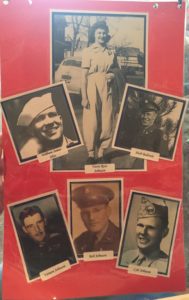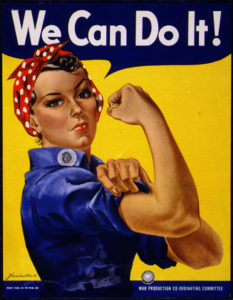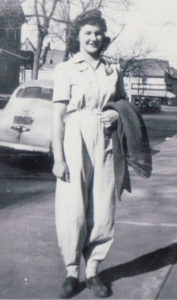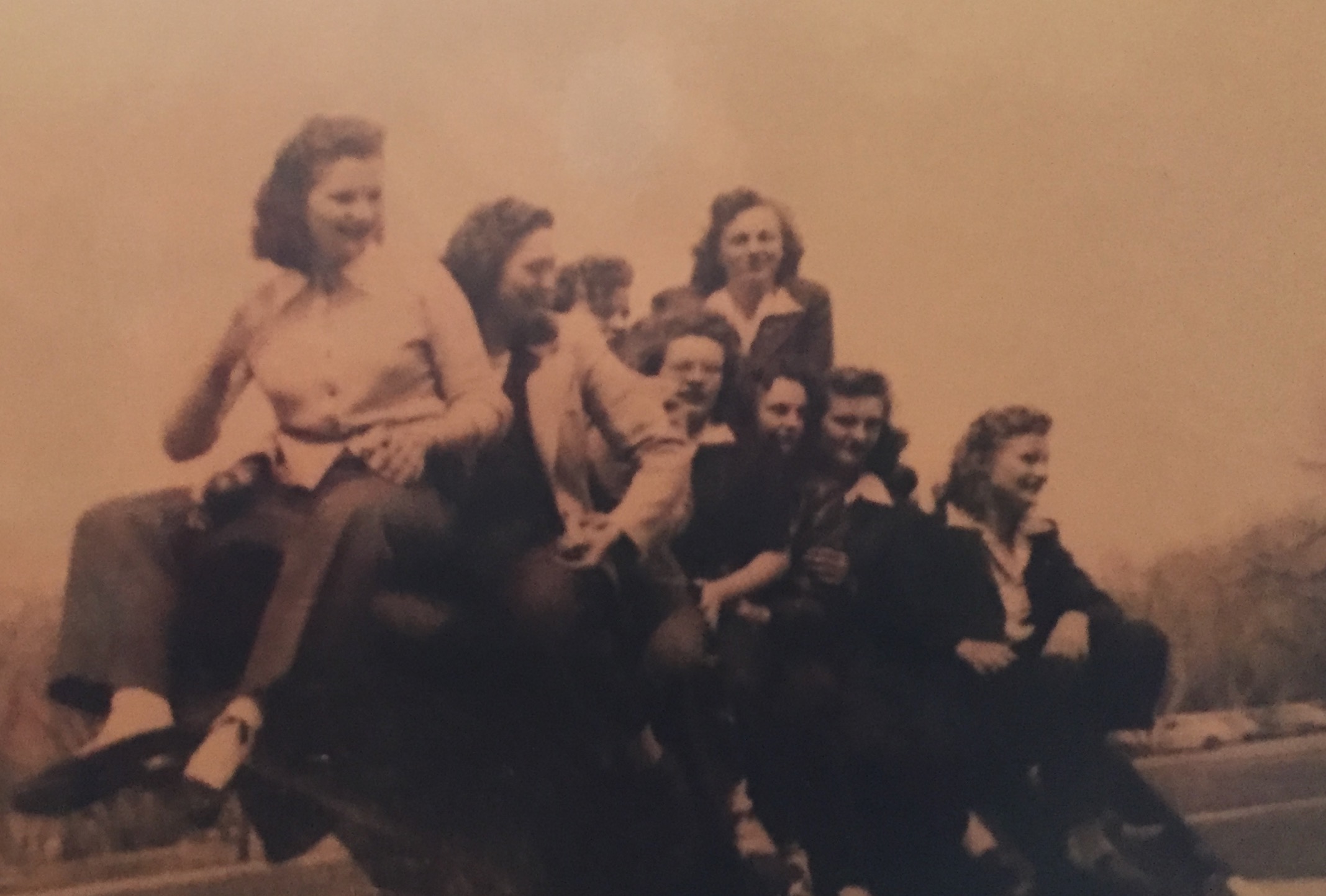Use controls above or click here to open this Hometown Heroes podcast in a new window
93-year-old Veora Bliss-Baldwin of American Fork, UT appears on episode #505 of Hometown Heroes, airing January 5-7, 2018. A native of Vale, SD, Veora had three brothers who served in the military during World War II, but she discovered her own way to help the war effort.

Listen to Hometown Heroes for Veora’s memories from her childhood on a farm in Vale, a small township of about 250 people north of Sturgis near the Belle Fourche River. As a girl, she would feed the chickens, gather eggs, and occasionally milk the cows, but the modern conveniences we’re so accustomed to today were nowhere to be found.
“No electricity, no telephone,” Veora recalls. “No running water in the house. We had to go out to the pump and get our water.”
She doesn’t remember the Great Depression affecting the children as much as the adults, but she was aware that her father lost his farm during that time and had to start over. The weather in Vale was severe enough that during the winter, her dad would affix sleigh runners to his hay racks, making it easier to deliver feed through the snow to the cattle. You’ll hear her recall how she heard about the Japanese attack on Pearl Harbor, the different ways her brothers participated in military service, and how she ended up playing her own role in supporting American forces.

“We looked kind of like ‘Rosie the Riveter’ in that picture,” Veora says of a famous image that came to represent millions of civilian women who contributed to the war effort. That legacy is preserved at the Rosie the Riveter World War II Homefront National Historic Park in Richmond, CA. Veora’s chance to contribute came in Denver, CO, where She became one of the first women to work on planes at Continental Airlines’ modification center at Stapleton Field.
“We learned how to cut sheet metal,” she recalls. “And we learned how to rivet. We had to do an awful lot of that because you had to do that to put the gun turrets in.”


Leave a Reply